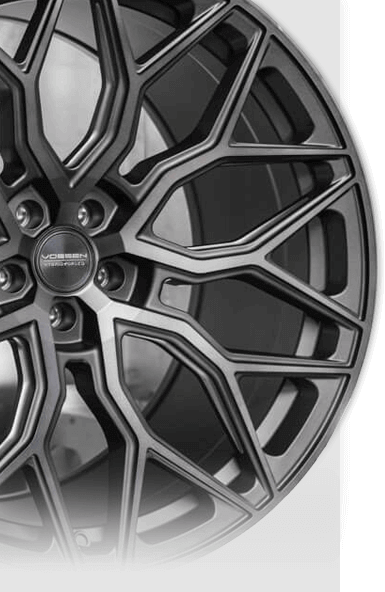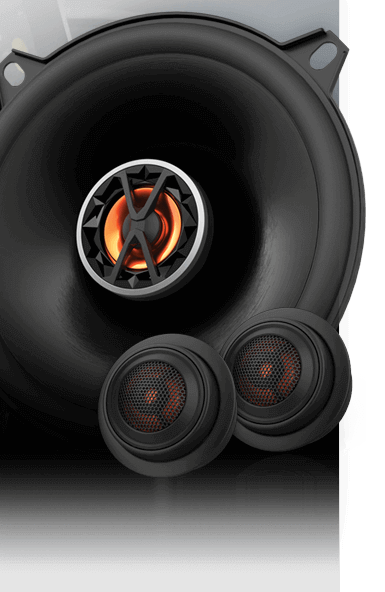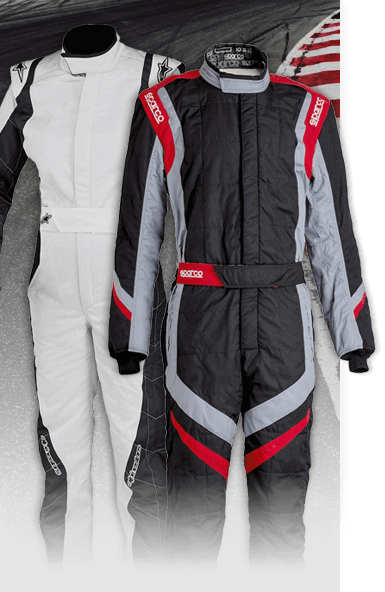From an appearance viewpoint, your ride’s wheels can have a serious impact on it’s overall “coolness factor.” Today, the auto aftermarket provides an incredible selection of amazing wheel types in every conceivable size, design, and price range.
But appearance is only half the game. Unless your vehicle is a “beauty queen” that only goes to shows and appears in parades, your wheels should contribute to the performance of the ride.
So how can wheels help you go faster, carve up corners better, take on the roughest trails, and burn less gas?
The design has something to do with it but at the heart of the matter, you want a wheel that is strong and lightweight. The different processes used to make wheel types strong and lightweight are what drive the differences in prices. As it turns out, rearranging a wheel’s molecules to make it stronger and lighter is a fairly time-consuming task requiring some awesome equipment and an understanding of metallurgy.
Here’s a quick rundown on the difference between wheel types, how they are manufactured, and their pros and cons:










































































































































